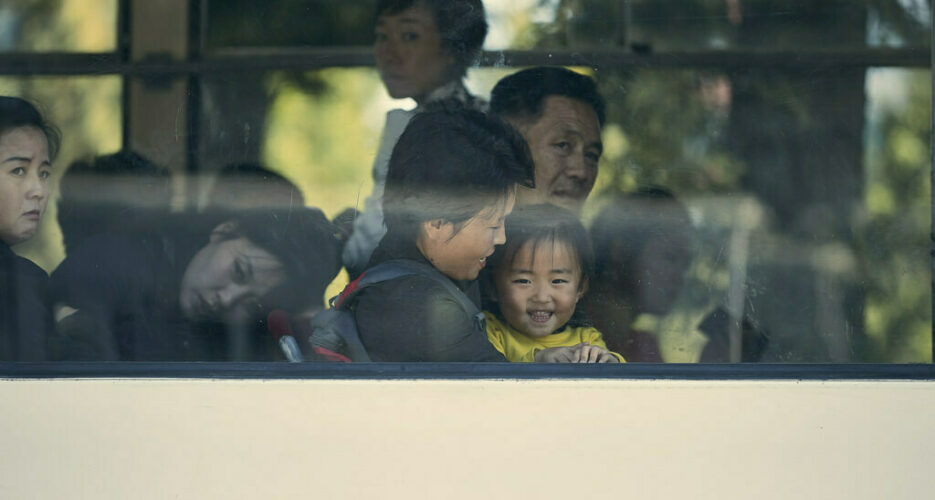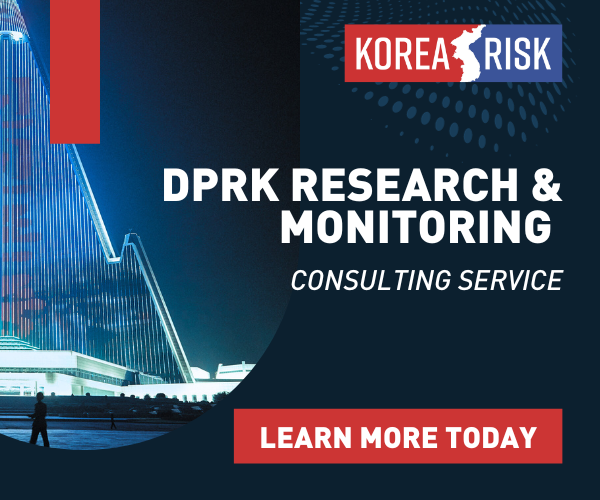Eight years after the last Multiple Indicator Cluster Survey (MICS), UNICEF and the North Korean government last month released the results of the 2017 MICS. The survey is based on questionnaires, interviews, and data from 8499 households in all nine provinces, plus Pyongyang.
The MICS methodology and system is designed to create data that can be used for international comparison, as well as measuring progress towards national and international goals. The Sustainable Development Goals (SDG), the successors to the Millenium Development Goals, address seventeen areas of human development, and are used to give international context and framework for the areas explored in the Survey.
Eight years after the last Multiple Indicator Cluster Survey (MICS), UNICEF and the North Korean government last month released the results of the 2017 MICS. The survey is based on questionnaires, interviews, and data from 8499 households in all nine provinces, plus Pyongyang.
The MICS methodology and system is designed to create data that can be used for international comparison, as well as measuring progress towards national and international goals. The Sustainable Development Goals (SDG), the successors to the Millenium Development Goals, address seventeen areas of human development, and are used to give international context and framework for the areas explored in the Survey.
Become a member for less
than $5.75 per week.
Unlimited access to all of NK News: reporting, investigations, analysis
The NK News Daily Update, an email newsletter to keep you in the loop
Searchable archive of all content, photo galleries, special columns
Contact NK News reporters with tips or requests for reporting
Get unlimited access to all NK News content, including original reporting, investigations, and analyses by our team of DPRK experts.
Subscribe now
All major cards accepted. No commitments – you can cancel any time.













